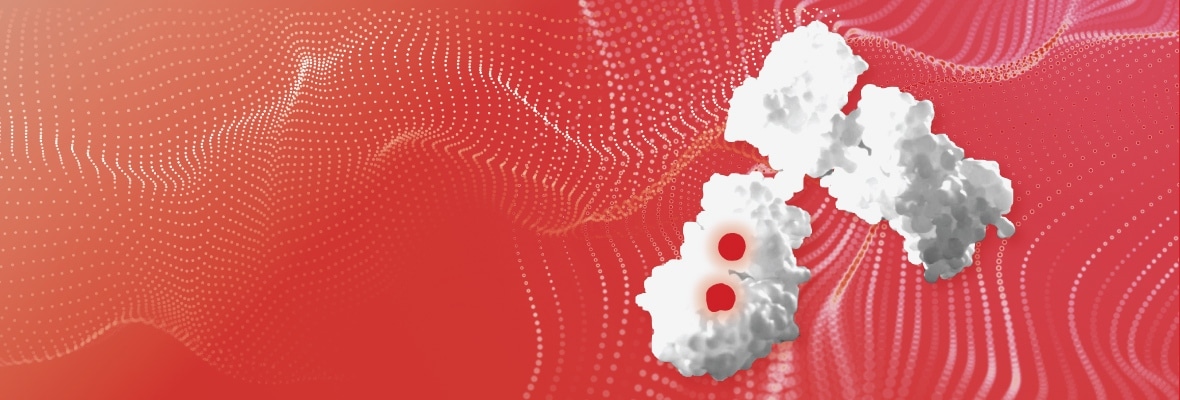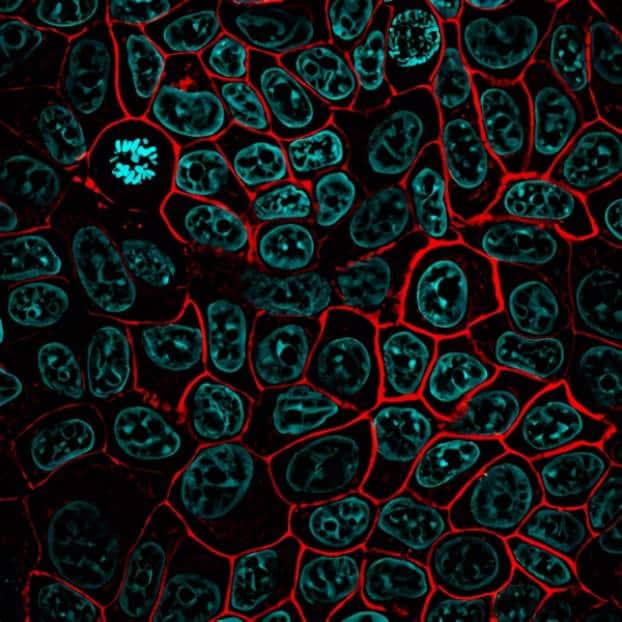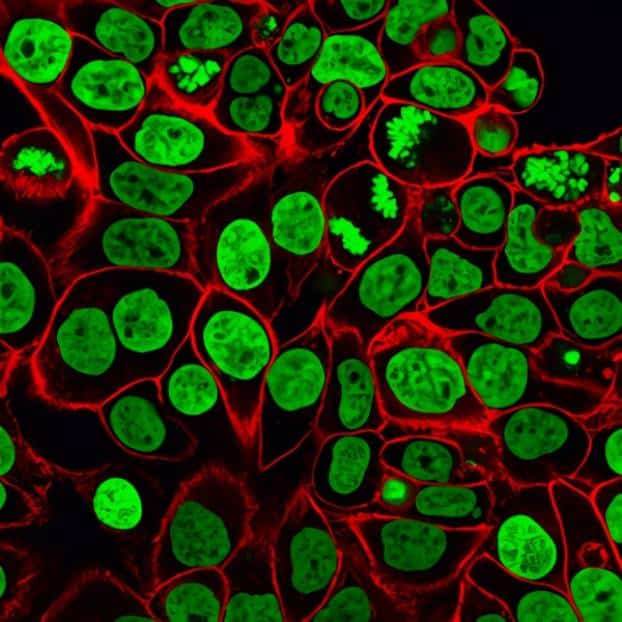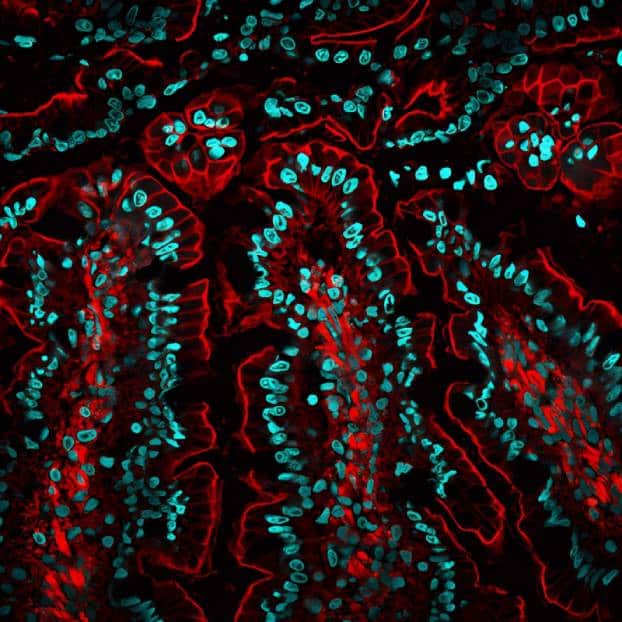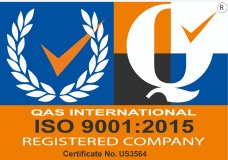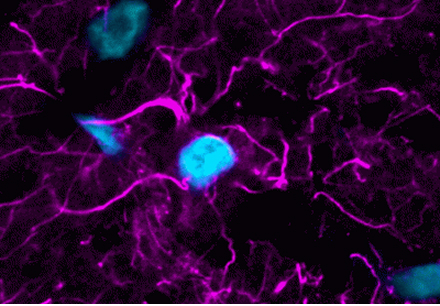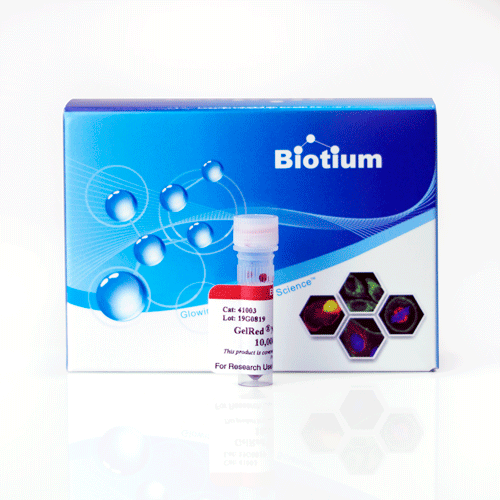CF®568 is a red fluorescent dye with excitation optimally matching the 568 nm laser line. Its antibody conjugates are significantly brighter and more photostable than Alexa Fluor® 568, making it ideal for confocal and single molecule imaging. CF®568 has been validated for super-resolution techniques including SIM, TIRF, STED, and multicolor STORM, and produces better STORM images than Cy®3b (learn more about CF® Dyes for Super-Resolution Imaging).
See products available with CF®568. Additional conjugates or reactive dyes may be added upon request; contact techsupport@biotium.com to inquire.
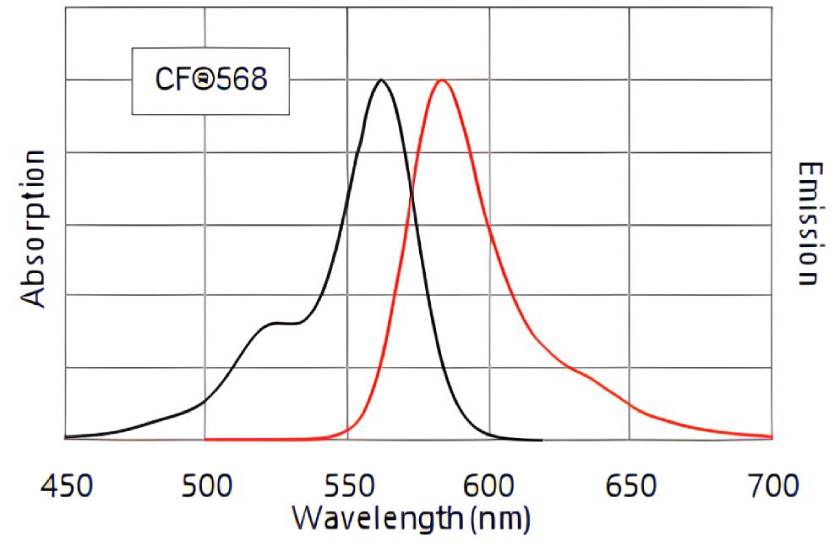
CF®568 Technical Summary
- Abs/Em maxima: 562/584 nm
- Extinction coefficient: 100,000
- Molecular weight: ~714
- Excitation laser line: 532 nm or 568 nm
- Direct replacement for: Alexa Fluor® 568, ATTO 565, Rhodamine Red
- Fluorescence lifetime:
- τ (ns)/free acid in PBS pH 7.4, ε (ns) = 3.66 ± 0.05
- τ (ns) /S.Ab§ = 1.539
Visit our FAQ for more fluorescence life time information on CF® Dyes.
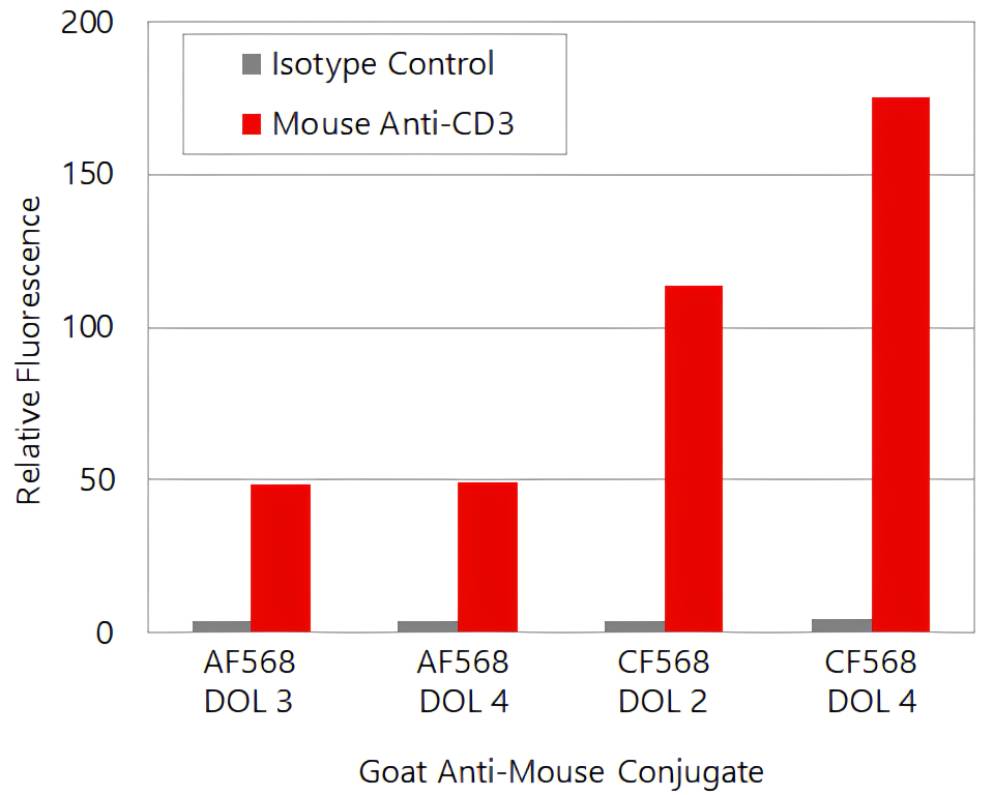
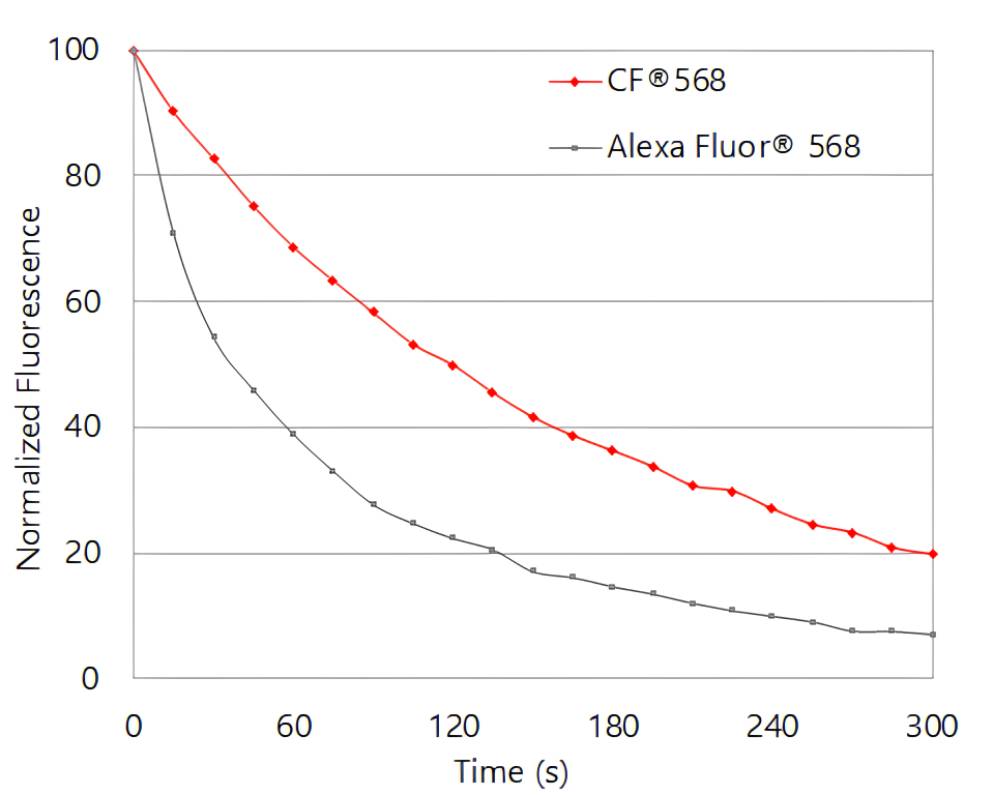
Helpful Tools & Resources
CF is a registered trademark of Biotium, Inc; Alexa Fluor is a registered trademark of Thermo Fisher Scientific; CY DYE is a registered trademark of Cytiva.
